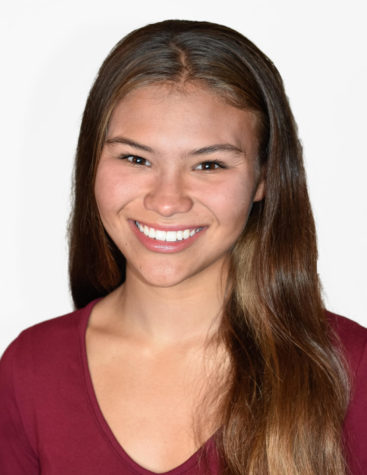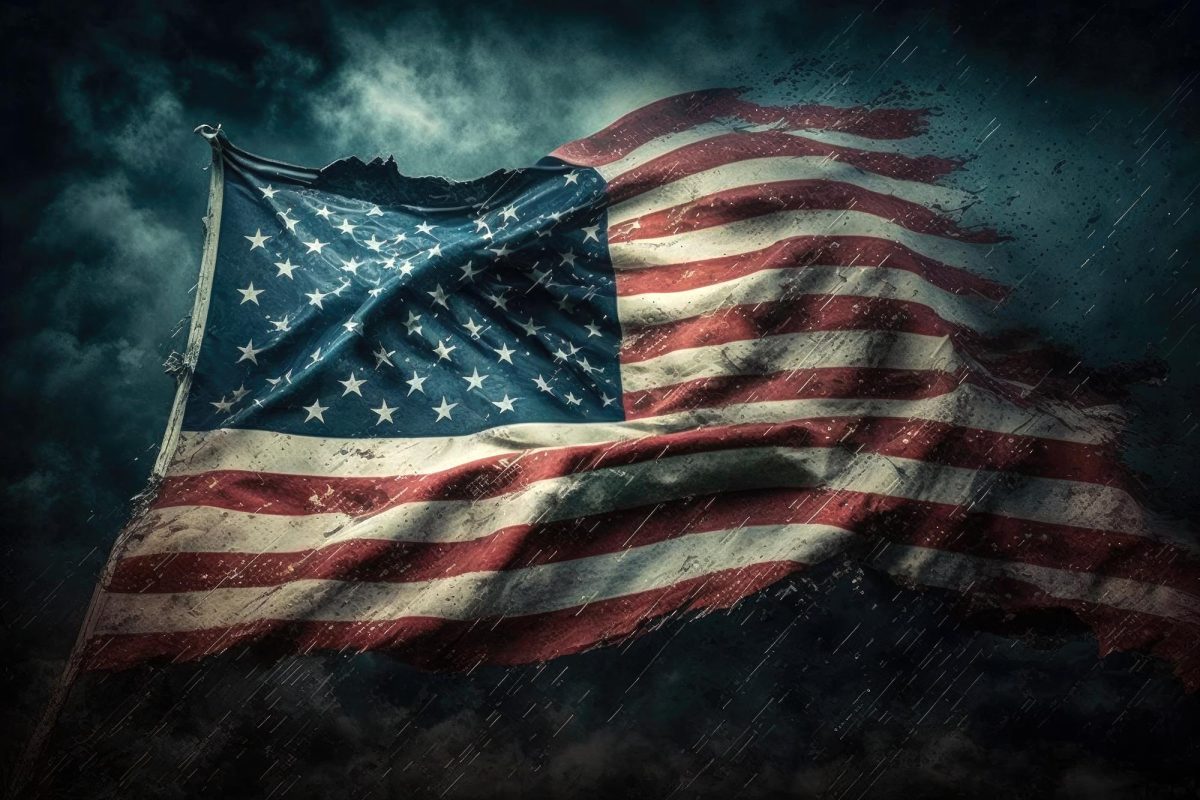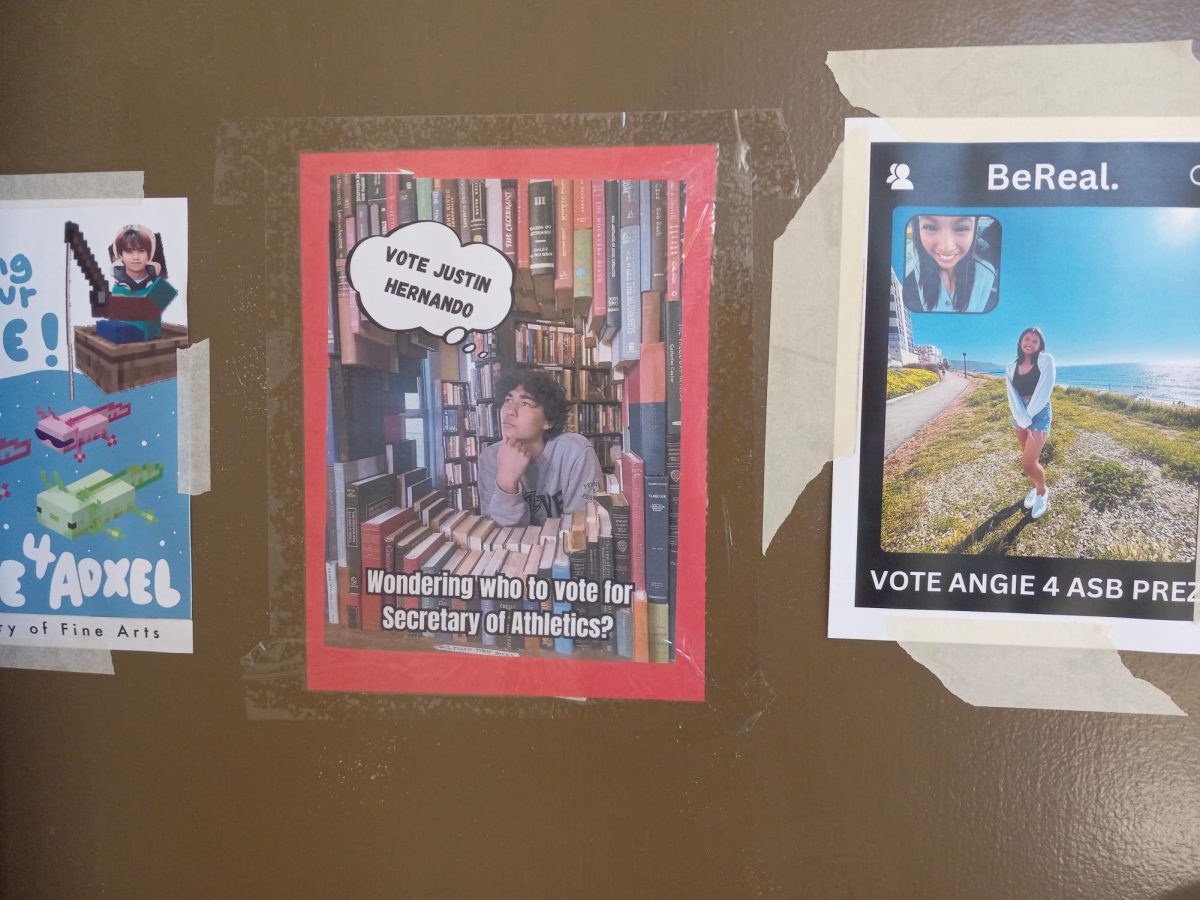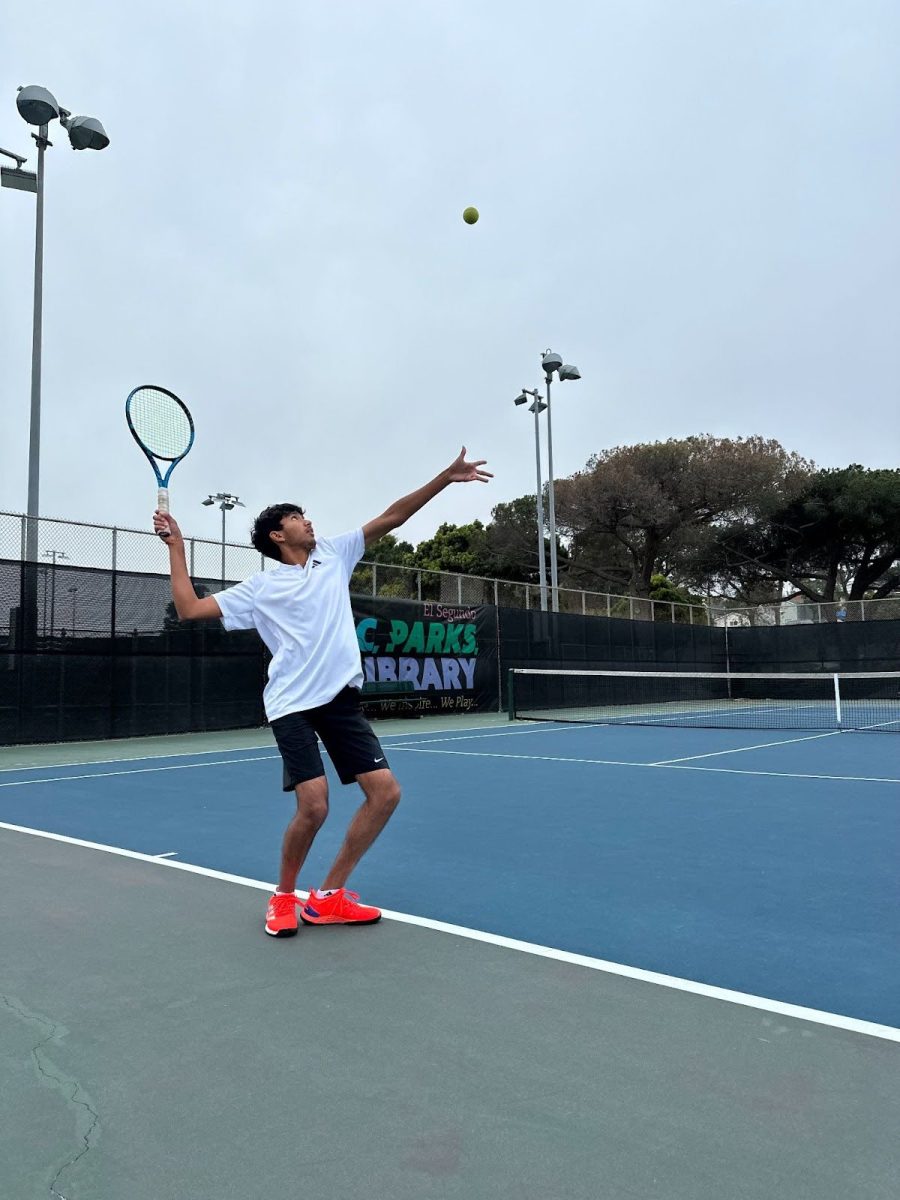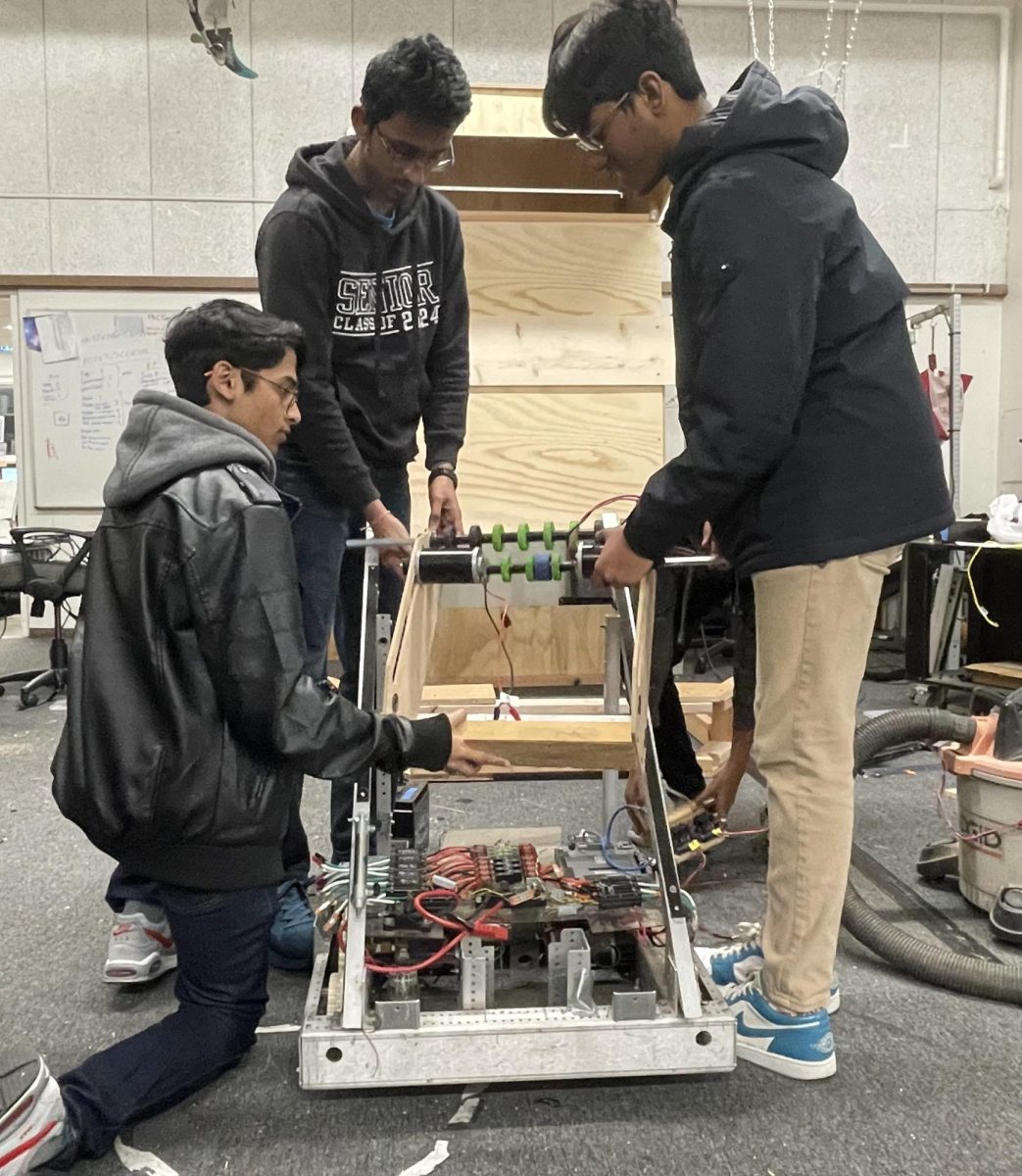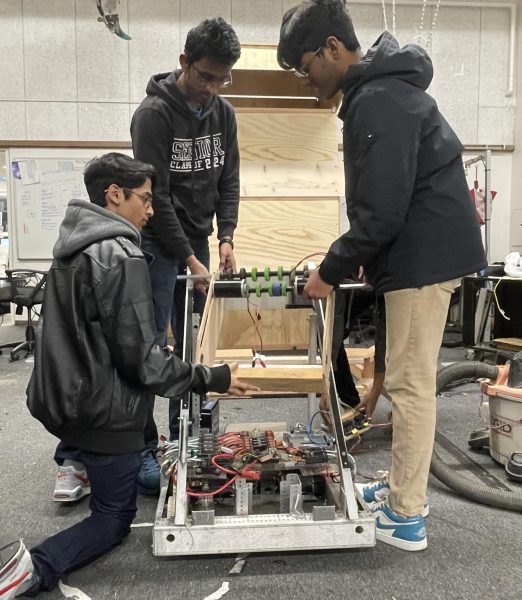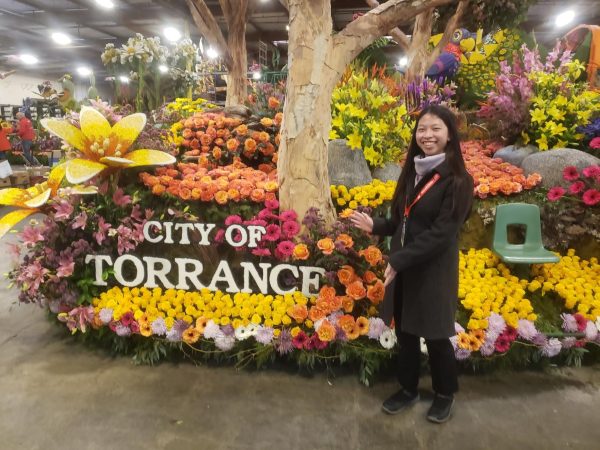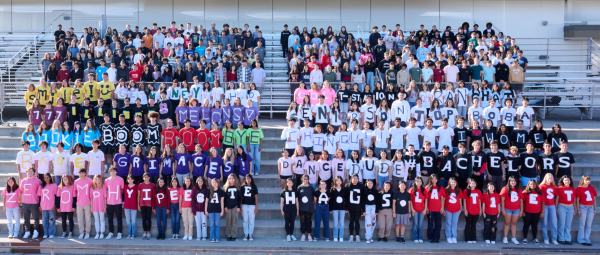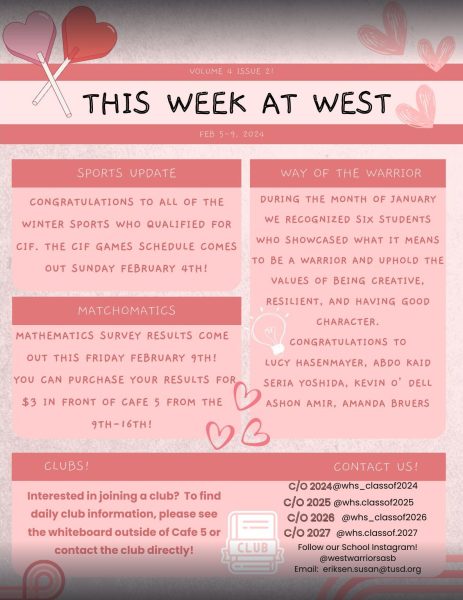#NotMyMascot: Replace the Warrior

Art/Photo by Sullivan Kolakowski
West High’s Native American themed logo is facing recent backlash due to a group of students demanding a new mascot.
October 16, 2020
As high school students, many are focusing on passing classes, completing college applications, and adjusting to a virtual environment. But recently a group of West High students has been dedicating their time to advocate for change within their campus.
In early July, a petition on Change.org was created by Kori Malia, an alumni of West and member of the International Indigenous Youth Council, urging students to change West’s Warrior mascot before the start of the Fall 2020 school year, along with a post alerting students about it on the @replacethewarrior Instagram account.
Zoe Kono (12), the manager of the Instagram account, was one of five students who contributed to speaking out against West’s mascot. She explained, “Not many people know about it at all and the first step is raising awareness. Seeing as with how Instagram activism took off in the past few months. We thought that that would be a great way to introduce the issue.” This group of students decided to take up this opportunity, successfully grabbing the attention of over 500 students.
The social media page is filled with detailed infographics and linked resources which give explanations to why West’s mascot normalizes cultural appropriation. Their main point: Native Americans are portrayed as inaccurate and offensive by the school. This dates back to 1963, when silly caricatures covered the yearbook, alongside the “Indigenous themed” arrow and feather used for West’s logo. The account emphasizes that Indigenous people are complex individuals just like anyone else and others shouldn’t be allowed to cherry-pick from their culture.
They also touched on the history of the Tongva tribe, the group who originally owned the land of Los Angeles, including the area West High is standing upon. They emphasize that the Tongva tribe, along with other Native groups, had survived genocide while being forced to endure cultural assimilation, and that they now are forced to watch as others exploit their traditions for their own personal benefit.
But after the first post launched their debut, the comments were quickly flooded with criticism and backlash. Many were trying to shut down the campaign, saying that students should be proud of West’s mascot, or that this issue was insignificant. Kono explains that these types of comments are often misguided: “I feel like this misunderstanding comes from that they’ve never had to worry about it before, or they have this sense of privilege where they don’t have to worry about it. So they see it as something that isn’t worthy of talking about.” Instead of becoming discouraged, this feedback motivated the group to continue their path of educating others.
Another popular misconception among those against the Replace the Warriors campaign was that they only began to care about this issue because of the recent uprising with the Black Lives Matter Movement. In reality, this has been an issue that many have attempted to address in the past. In the 1998 edition of the West High yearbook, a page titled “Mascot Madness” featured a debate that had surfaced regarding the removal of the Washakie mascot, with some students seeing it as an asset for school spirit while others deemed it as insulting. In addition, it was reported by the Replace the Warrior account that West’s use of the headdress was supposed to be banned in 2017. West ended up settling for a W with an arrow and feathers, never ending up removing the imagery completely.
It is quite clear that this topic has been subject to controversy for quite a while. Jenny Hoang (12), an activist collaborating with the campaign explained that these small changes don’t solve the issue and is discouraging, “The reason that [Indigenous students] might not speak up about it or invest as much time into changing these things is because they’ve already tried to get West High to change things.” With this everlasting battle for respect, Hoang and other students are determined to keep it alive until they reach the goal of removing any aspect of West that has a “Native” theme.
In addition to educating others through their detailed posts, they also opened a poll for students to creatively suggest their own ideas on mascot alternatives and how they could cover the cost of replacing it, such as starting a GoFundMe page.
On October 3rd, Malia took the next step and had a call with Principal Murata to discuss the mascot. Mrs. Murata explained that she has gone ahead and received insight from a professor in Cal State Long Beach who is responsible for Native American history, and is looking to get input from ASB and other students.
But Mrs. Murata would like to remind students that conducting these changes through a virtual setting is more difficult than usual. So it is important to give West time. While the principal does agree that changes should be made and it is important to listen to, she kindly asks for patience from students: “We want to do it the right way. Some of those conversations we want to be having in person, but unfortunately we can’t do those conversations right now.”



